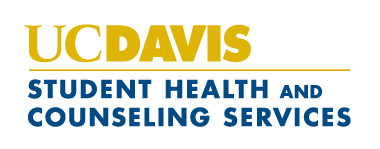Overview of Illegal Drug Use
There are many illegal drugs, including stimulants (e.g., cocaine), depressants (e.g., Gamma Hydroxy Butyrate), or drugs with a variety of effects (e.g., marijuana). The specific effects vary depending on the drug. Most drugs have an addictive effect after only a few uses. Even marijuana can become physically addicting. There are over four million people in the US addicted to drugs. It’s not about will power. Drug addiction is a debilitating disease that can kill if a person does not stop using. Even if it doesn’t kill the person, it can interfere with relationships, health, academics, etc.
Signs & Symptoms
Each drug has its own signs of use and abuse. For more information on the signs of specific drugs, go to the SAMHSA (Substance Abuse and Mental Health Services Administration) website.
Prevention
The best prevention is to avoid using illegal drugs. If you have family members who have been addicted to alcohol or drugs, you have a much greater chance of becoming addicted to a drug or having a problem with it.
Treatment
For most of the illegal drugs, treatment includes discussing the issues with your primary care provider and may also require professional counseling or in-patient or outpatient treatment. In-patient treatment refers to receiving treatment while living at the treatment facility. This includes, meetings, one–on-one therapy and group therapy. Outpatient therapy means not having to stay at the facility but still includes one-on-one therapy and possibly group meetings. Attending Narcotics Anonymous (NA) meetings is also encouraged. NA meetings are available in most counties throughout California.
How We Can Help
If you think you or a friend may have an issue with illegal drugs, please call (530) 752-6334 or go to Health-e-Messaging and log in to schedule an appointment with our Intervention Coordinator, Stephanie Lake. There is no charge for the appointment.
